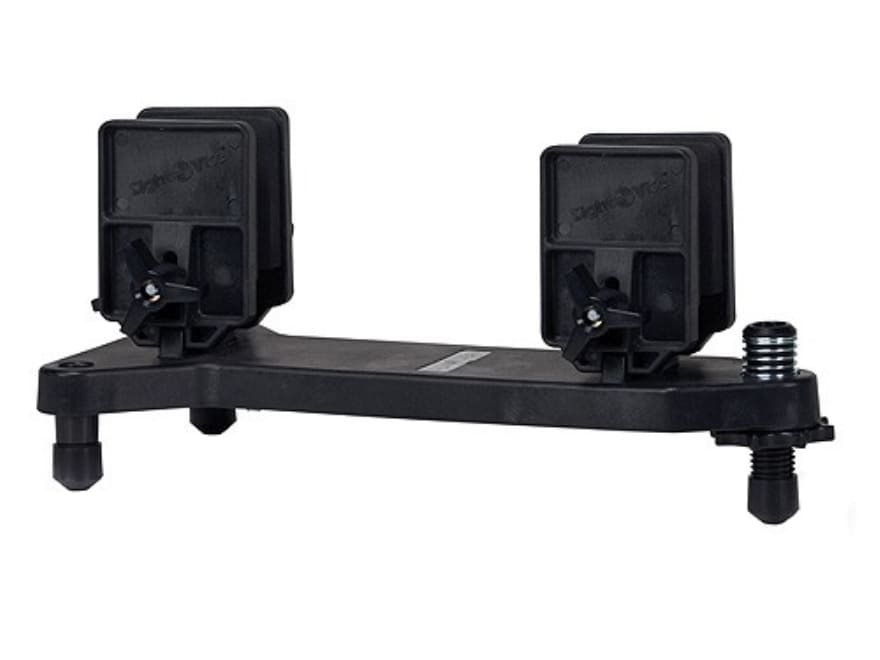Very nice lead sled mounting system. The only time I ever had trouble with a failing scope was when 25 years ago I bought a cheap scope for a (then) new Diana Model 34 .177 caliber magnum air rifle. At 1000+ fps it killed the first scope within about a week causing a loose reticle. That's because, as I learned, air rifles can be harder on scopes than firearms due to their "double recoil".
"... Well there are a couple of things happening here. First we have to realize that unlike regular firearms, 99.9999% of spring-piston recoil is NOT generated by the pellet and the air being expelled out of the muzzle. It's actually being generated by the piston and spring, both of which are very heavy components, especially the large steel spring. When the sear is released, the highly compressed heavy spring will jump forward with tremendous force pushing the piston ahead of it. As the spring and piston are moving forward, the gun is recoiling back against your shoulder with significant pressure. Now here's the part that many people don't understand. As the piston comes to the end of the compression chamber it will actually strike the wall with substantial force, and the gun will now bounce forward, recoiling away from you."
From the pages of The IHMSA News, Rifle Scopes vs. Airgun Scopes, What's The Difference, Parallax Described
www.lasc.us
So I bought an air-gun rated Bushnell 3-9x Sportview that's killed hundreds of backyard/urban squirrels (quietly) over many years. Double recoil has never caused it to malfunction. You get what you pay for.
View attachment 235779
and
View attachment 235780
However you MUST cushion it with your hand and shoulder when you shoot as it will bounce around if laid on a hard rest of any kind, including if you try to rest the gun directly against a tree when shooting up into the treetops as you try to make some Brunswick stew.

